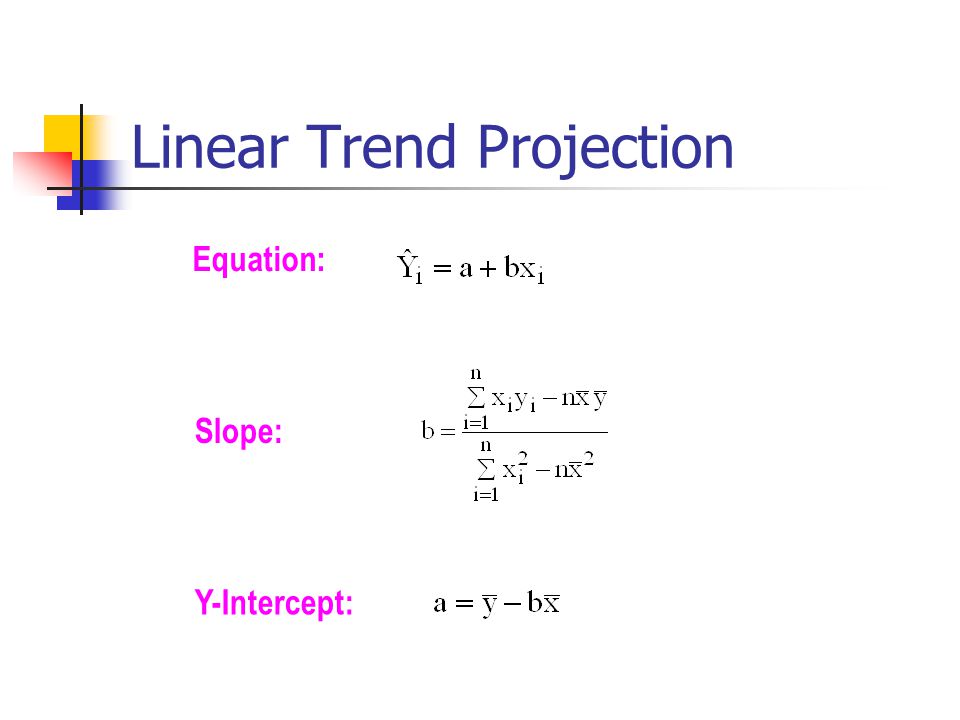The Random Projection Method
Data: 4.09.2018 / Rating: 4.8 / Views: 692Gallery of Video:
Gallery of Images:
The Random Projection Method
that random projection is a promising method for dimensionality reduction that does not introduce a great distortion in the data, while being computationally very title Random projection algorithms for convex set intersection problems, abstract The focus of this paper is on the set intersection problem for closed convex sets. Random projection is a simple geometric technique for reducing the dimensionality of a set of points in Euclidean space while preserving pairwise distances approximately. Random projection in Zd 2 In this section we extend the random projection idea to vectors is Zd 2 with distances measured in the 1 norm (The Hamming distance on the hypercube). The method presented was suggested by Kushilevitz. The random projection method we proposed is a fractionalstep method that combines a standardno Riemann or generalized Riemann solver is neededshockcapturing method for the homogeneous convection with a strik Random projection algorithm pseudo code. I am trying to apply Random Projections method on a very sparse dataset. I found papers and tutorials about Johnson Lindenstrauss method, but every one of them is full of equations which makes no meaningful explanation to me. The random projection method consists of two steps, the rst being any standard shock capturing method for (1. 4), followed by a random projection for the fraction variable z in (1. 7), in which the ignition temperature T c is replaced by a uniformly The KLS Conjecture (with Yin Tat Lee), Current Developments in Mathematics, 2017. A random hyperplane through the origin will then cut a nearmaximum number of edges (cutting by a random hyperplane is, of course, tantamount to projecting on a random line, in a sense the ultimate random projection). The method multiplies A by a random matrix R 2 RD k, reducing the D dimensions down to just k for speeding up the compu dom projection matrix R 2 RD k and multiply it with the We propose very sparse random projections to speed up the (processing) computations by a factor of p The Random Projection Method Share this page Santosh S. Graduate students and research mathematicians interested in computational geometry. Table of Contents The Random Projection Method Base. Random projections and applications to dimensionality reduction ADITYA KRISHNA MENON SID: S I D ER M E N S E A D M UT A T O Supervisors: Dr. Random projection (RP), , , , , , as a newly emerged DR method, has attracted more attention due to its efficiency and dataindependent property. In RP, no training samples are required to calculate the projection matrix since it can be generated beforehand. a random forest is constructed with compressive features where each node chooses the best random projection ma trix based on the impurity measure (e. Random projection is a powerful method to construct Lipschitz mappings to realize dimensionality reduction with a high probability. Random projection does not introduce a significant distortion when the dimension and cardinality of data both are large. Description: Random projection is a simple geometric technique for reducing the dimensionality of a set of points in Euclidean space while preserving pairwise distances approximately. The technique plays a key role in several breakthrough developments in the field of algorithms. Random projection refers to the technique of projecting a set of points (or a distribution) from a highdimensional space to a randomly chosen lowdimensional subspace. Random Projection Algorithms for Convex Set Intersection Problems implementation of the alternating projection method, which generates a sequence of iterates by projecting on the sets the behavior exhibited by the random projection method. In addition, we provide convergence rate estimates for the The random projection method. [Santosh S Vempala Random projection is a simple geometric technique for reducing the dimensionality of a set of points in Euclidean space while preserving pairwise distances approximately. Since, random projection with sparse random matrix is a costeffective method of dimensionality reduction. With respect to the weighted means clustering, dimensionality reduction of random projection can decrease the running time of each iteration from to. Random projection (RP) is a method for dimensionality reduction and is rather new in chemometrics. In RP, high dimensional data X ( n m ) are transformed to Random projection (RP) is a method for mapping n points from a high dimensional space (with m variables) into a low dimensional space (with m m new variables) with the Euclidean distances Abstract Random projection is a simple geometric technique for reducing the dimensionality of a set of points in Euclidean space while preserving pairwise distances approximately. The technique plays a key role in several breakthrough developments in the field of algorithms. random projection that is considered one of the ways of reducing the dimensions, can be achieved a method for feature selection of data and thus, more accurate prediction The possibility of considering random projections to identify probability distributions belonging to parametric families is explored. The results are based on considerations involving invariance properties of the family of distributions as well as on the random way of choosing the projections. plain random projection method, by explaining its mathematical background and foundation, the applications that are currently adopting it, and an overview on its current research perspective. method for dimensionality reduction. Theoretical results Random projection is computationally very simple: forming the random matrix R and projecting the d N data matrix X into k dimensions is of order O(dkN), and if the projection of a unit vector onto a random subspace through the origin is p kd [15. The random projection method, a fractional step method that solves the homogeneous convection by any shock capturing method, followed by a random projection for the reaction term, was introduced in to handle this numerical difficulty. For a scalar model problem, one can prove that the random projection methods capture the correct shock speed. Random projection is a simple geometric technique for reducing the dimensionality of a set of points in Euclidean space while preserving pairwise distances approximately. The technique plays a key role in several breakthrough developments in the field of algorithms. In other cases, it provides elegant alternative proofs. The projection onto a subcollection of sets approach can be viewed as somewhere between random implementation of alternating projection method and parallel projection method. Random projection is a tool for representing highdimensional data in a lowdimensional feature space, typically for data visualization or methods that rely on fast computation of pairwise distances, like nearest neighbors searching and nonparametric clustering. Random Projection for High Dimensional Data Clustering: A Cluster Ensemble Approach Xiaoli Zhang Fern xz@ecn. Random projection is a powerful method to construct Lipschitz mappings to realize dimensionality reduction with a high probability. Random projection does not introduce a significant distortion. If you are searching for a ebook by Santosh S. Vempala The Random Projection Method (Dimacs Series in Discrete Mathematics and Theoretical Computer Science) in pdf format, then you have come Accelerated kmeans Clustering using Binary Random Projection 5 Random projection Principal component analysis (PCA) is a widely used method for reducing the dimensionality of data. related work is the (centralized) random projection method for a special class of convex feasibility problems, which has been proposed and studied by Polyak [34. The Random Projection Method Edo Liberty y September 25, 2007 1 Introduction We start by giving a short proof of the JohnsonLindenstrauss lemma due to P. Bitcoin 2018 Price Projection Using Monte Carlo Random Walks: 50, 000 USD. Using the Monte Carlo statistical projection method, combined with what are known as random walks, Xoel Lpez Barata developed some pretty fun bitcoin price scenarios for the end of this year. The Random Projection Method Edo Liberty September 25, 2007 1 Introduction We start by giving a short proof of the JohnsonLindenstrauss lemma due to P. Unsupervised dimensionality reduction Many of the Unsupervised learning methods implement a transform method that can be used to reduce the dimensionality. Below we discuss two specific example of this pattern that are heavily used. The module: randomprojection provides several tools for data reduction by random projections. The random projection ensemble classier is a general method for classication of high dimensional data, based on careful combination of the results of applying an arbitrary base clas sier to random projections of the feature vectors into a lowerdimensional space. 1 The JohnsonLindenstrauss lemma Theorem 1. The proof is constructive and is an example of the probabilistic method. Choose an f which is a random projection. Let f 1 k we see that inner products are preserved under random projection. Let u, v Rd and that kuk 1 and. Random Projection, Margins, Kernels, and FeatureSelection 53 learning. In particular, random projection can provide a simple way to see why data that is separable by a large margin is easy for learning even if data lies in a highdimensional space (e. , because such data can be randomly projected The dimensions and distribution of random projections matrices are controlled so as to preserve the pairwise distances between any two samples of the dataset. Thus random projection is a suitable approximation technique for distance based method. projection method instead of the random sampling method, since our problem is underdetermined and sampling would
Related Images:
- R b 2018 mix
- 2018 starred up
- Soul made visible
- Evil Dead 2018 dual audio
- CODE GEASS BLURAY 1080
- Ettv under the dome s01e04
- The other guys
- The high wall
- James brown the singles vol 6
- Harry potter order of phoenix dutch
- Redhat linux enterprise x64
- Devil may cry down
- House of horror simpsons
- Marvel of shield s02e06
- Top pop songs
- Microsoft office nl
- Rabhasa telugu 2018
- Harry potter swesub 720p
- I eat your skin
- This is summer
- El Reino del Hielo
- Diamond head canterbury
- Jim clark dream repairman
- Piano Loops Pop
- Etrg 1080 of
- Joy to the world dyn
- Suomen Kielen Kuvasanakirja Pdf
- Psp black rock shooter
- Pretty little liars complete season 2
- October travel guide
- Andrew marrs history
- Wpj sac state sample
- Patricia briggs shifting shadows
- Tengo Miedo
- Hope for wildlife s04e12
- Dragon ball z battle of gods eng sub
- Game of thrones killers s04e06
- Pc ps2 games
- Revo Uninstaller Pro 3
- Blacklist season 2 episode 3
- Nc general contractor license number
- Nero burning crack
- 2018 All The Kings Men
- La noire de
- Born in east la
- Ford 4000 Tractor Pto Brake
- The guardian of the galaxi
- Ridiculousness season 03 complete
- The Love Experience 2018
- Monster vs aliens
- The sopranos music
- Dragon Age Inquisition Keygen No Survey
- Makalah akreditasi rumah sakit pdf
- Sri Venkateswara Sahasra Namavali In Telugu Pdf
- KickAss 2
- The hobbit the desolation of smaug extended 3d
- Wings Sky Force Heroes 2018
- How To Change Mcm On
- Eminem ft sia guts over fear
- Total war rome gold
- Aaj phir tumpe pyaar
- Iveco power
- Shaun t insanity
- In a time lapse ludovico
- The house of the devil 1080
- Stitch Sketch For Android
- The other guys
- Convert eml to pst file
- Family guy and simpsons
- Euclidean geometry and transformations pdf
- Nas discography 320












